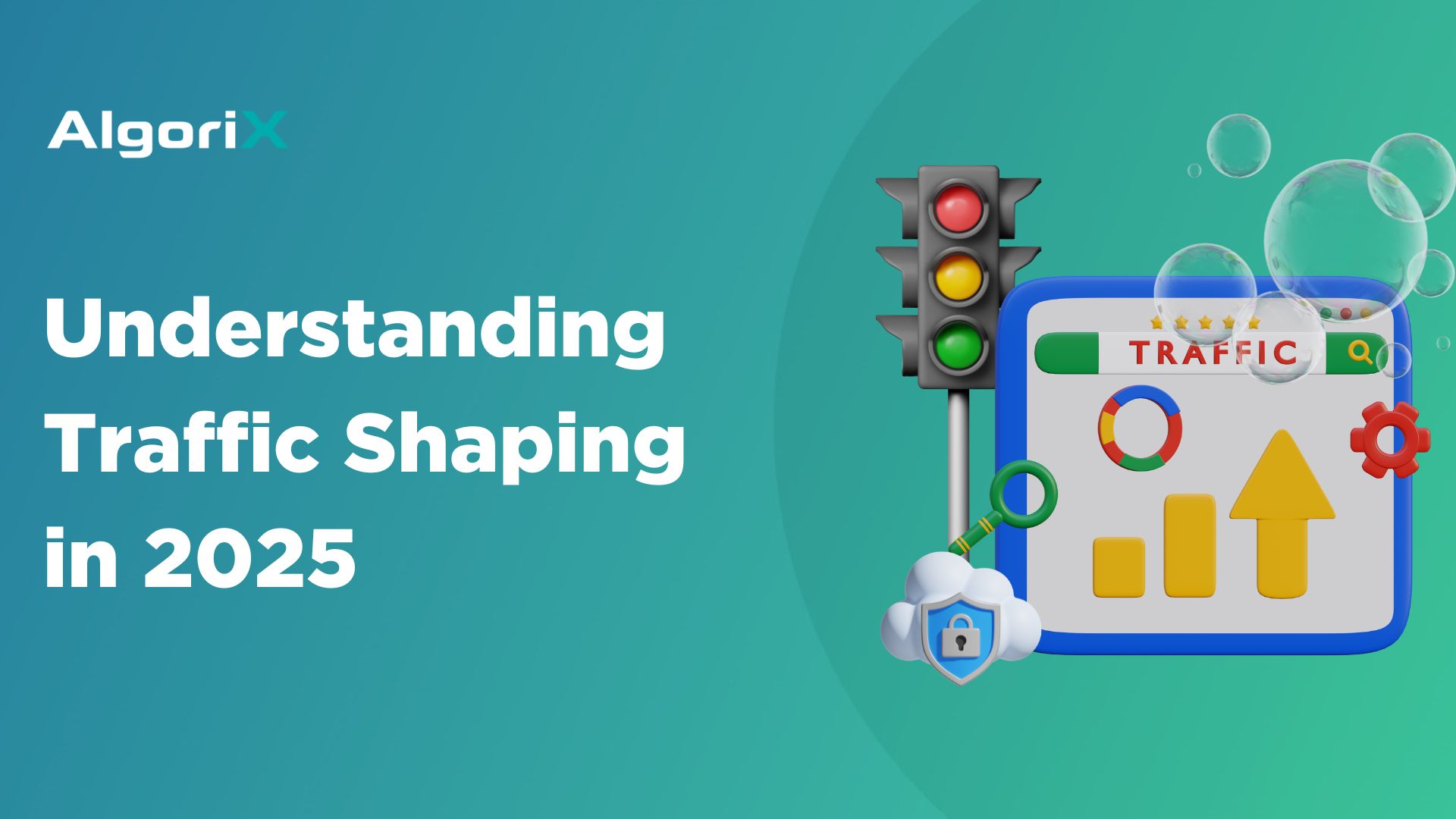Mobile advertising is entering a critical phase in 2025, marked by stricter enforcement of privacy regulations, growing consumer expectations, and the need for measurable outcomes. As regulatory bodies take action against companies violating data laws, the industry faces mounting pressure to prioritize compliance. At the same time, advancements in AI and targeting technologies are opening new opportunities for growth.
This article explores the key challenges and trends shaping mobile advertising in 2025 and offers insights into how businesses can adapt and thrive in this evolving landscape.
Key Challenges in 2025
In 2025, mobile advertising will face several critical challenges as companies strive to balance privacy, performance, and technological evolution:
Privacy Regulations and Compliance
In 2025, privacy regulations like GDPR in Europe and frameworks such as the Multi-State Privacy Agreement (MSPA) in the U.S. will continue to set benchmarks for managing consumer data. However, what sets 2025 apart is the intensifying enforcement of these regulations, with fines and sanctions against companies for non-compliance becoming more frequent and severe. This creates a heightened need for advertisers to adopt transparent data collection methods and for publishers to develop privacy-first strategies that do not compromise revenue growth.
Another defining factor in 2025 is the advancement and adoption of Privacy-Enhancing Technologies (PETs), such as on-device data processing and differential privacy. These tools are no longer just experimental but are becoming critical for balancing compliance with campaign effectiveness. As PETs mature, their integration into ad tech solutions will require significant investment and operational changes, presenting new challenges for both advertisers and publishers. The pressure to adopt these technologies in a competitive landscape will make privacy management a top priority for the industry in 2025.
Ad Fraud and Brand Safety
Ad fraud will remain a critical challenge as fraudsters exploit AI and automation to bypass traditional detection methods, leading to increasingly realistic fake clicks and impressions. With the financial toll of ad fraud already projected to surpass $100 billion annually by 2024, advertisers will push for more precise and proactive fraud prevention tools. Beyond financial losses, fraud poses serious risks to brand safety, with the potential for ads to appear alongside harmful or inappropriate content. Stricter enforcement of ad verification standards and broader adoption of blockchain-based tracking are expected to play a key role in combating fraud and ensuring transparency in the ad supply chain.
Cross-Device Tracking Challenges
As users access content on multiple devices, tracking their journeys and attributing conversions accurately is becoming increasingly difficult. Privacy constraints and the lack of universal identifiers further complicate cross-device tracking.
Economic Uncertainty
Economic volatility in 2025 could result in tighter advertising budgets. Advertisers will expect greater accountability and clearer performance metrics from their ad tech partners. Ad tech companies must demonstrate the tangible value of their solutions to retain and attract clients.
Sustainability Concerns
The environmental impact of programmatic advertising, such as energy consumption in data centers, will come under scrutiny. Advertisers and publishers will face growing pressure to adopt greener practices and align with sustainability goals.
Key Trends to Watch
Transparency and Consumer Trust
As consumers become more aware of their data usage, advertisers will need to prioritize transparency. By offering clear metrics and respecting user privacy, advertisers will build trust. Likewise, publishers must use first-party data while ensuring user consent and transparency.
The demand for transparent and ethical advertising practices is growing. Studies show that 66% of US consumers are more likely to trust brands that are transparent about how their data is used. This growing expectation makes it essential for both advertisers and publishers to align with these values to maintain a positive relationship with their audiences.
AI and Machine Learning in Mobile Ads
In 2025, AI and machine learning will expand their role in mobile advertising, moving beyond current capabilities to address growing demands for privacy, efficiency, and creative innovation. Generative AI will become more prominent, enabling the automated creation of tailored ad content at scale, from video ads to dynamic creatives optimized for specific audience segments. This shift will allow advertisers to produce high-quality, engaging ads faster and more efficiently than ever before.
Additionally, AI will advance in predictive analytics, helping advertisers forecast trends, anticipate user behavior, and optimize campaign strategies proactively. For publishers, AI-driven optimization tools will not only enhance inventory management but also support revenue growth by dynamically adjusting floor prices and prioritizing high-value ad placements. These developments will help both advertisers and publishers adapt to a rapidly changing ad ecosystem, where privacy-first strategies and innovative ad formats are increasingly dominant.
In-Game and CTV Growth
As consumer habits shift, both in-game audio ads and Connected TV (CTV) are emerging as vital channels for advertisers looking to deliver engaging, high-quality content. The mobile gaming market, projected to generate over $116 billion in revenue by 2025, makes in-game audio ads a valuable channel. These ads seamlessly integrate into gameplay, offering advertisers an effective way to engage users without disrupting their experience. According to recent research, 74% of mobile gamers are open to seeing ads in games, highlighting the growing acceptance of in-game advertising.
Meanwhile, CTV continues to expand as an advertising channel with personalized, immersive experiences for consumers. According to Statista, CTV ad spend in the U.S. is expected to reach over $34.3 billion by 2025, a sharp increase from previous years. This format allows advertisers to reach users with interactive, high-quality ads on larger screens.
Open Advertising Ecosystems
In 2025, the push toward open advertising ecosystems is expected to grow stronger as industry-wide challenges intensify. The rising costs and data restrictions imposed by walled gardens—along with stricter privacy regulations—are making closed platforms less attractive for advertisers and publishers. Open platforms like Prebid offer a timely alternative, enabling businesses to comply with privacy laws while maintaining control over their data, inventory, and strategies.
The rise of privacy-first ad targeting have further emphasized the need for open ecosystems. Unlike walled gardens, open platforms provide transparency and interoperability, allowing advertisers to access diverse inventory sources without sacrificing privacy compliance. Publishers, too, benefit from open systems by managing their inventory directly and maximizing revenue opportunities in a more transparent and collaborative environment. In 2025, as trust and data accountability become more critical, open advertising ecosystems will offer the flexibility and fairness the industry needs to adapt.
Conclusion
Mobile advertising in 2025 will present new challenges, from stricter privacy regulations to tackling ad fraud, managing tighter budgets, and addressing environmental concerns. AlgoriX is dedicated to helping advertisers and publishers overcome these hurdles with practical and innovative solutions.
We ensure compliance with leading privacy standards like IAB’s TCF and MSPA, provide tools to protect against fraud, and offer technology that enhances campaign performance. Our focus on efficiency and sustainability means we help our clients achieve results while adapting to industry demands.
Contact us to discover how AlgoriX can help your business succeed in the evolving world of mobile advertising.












